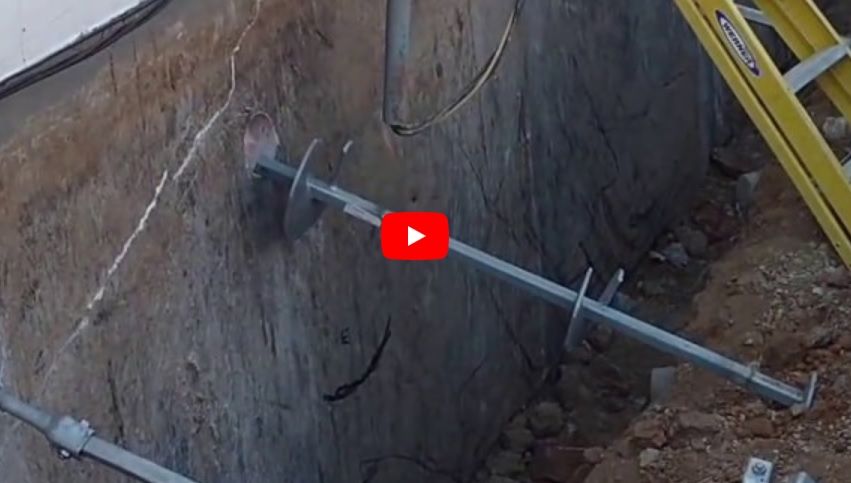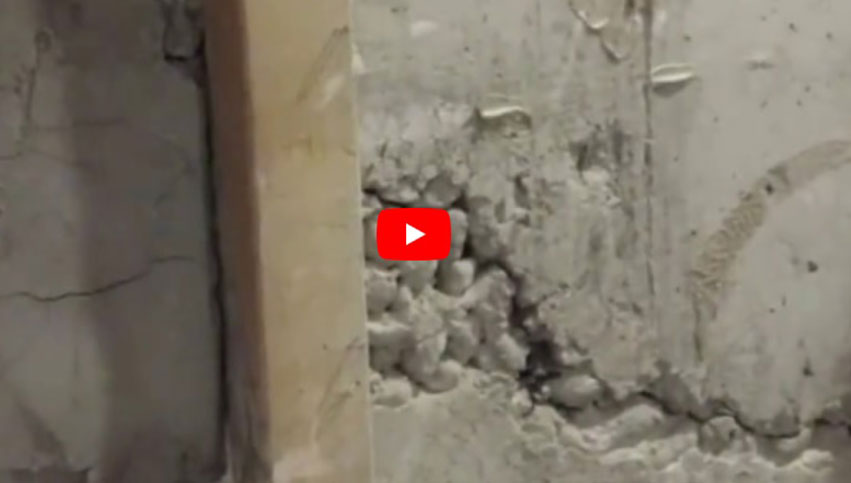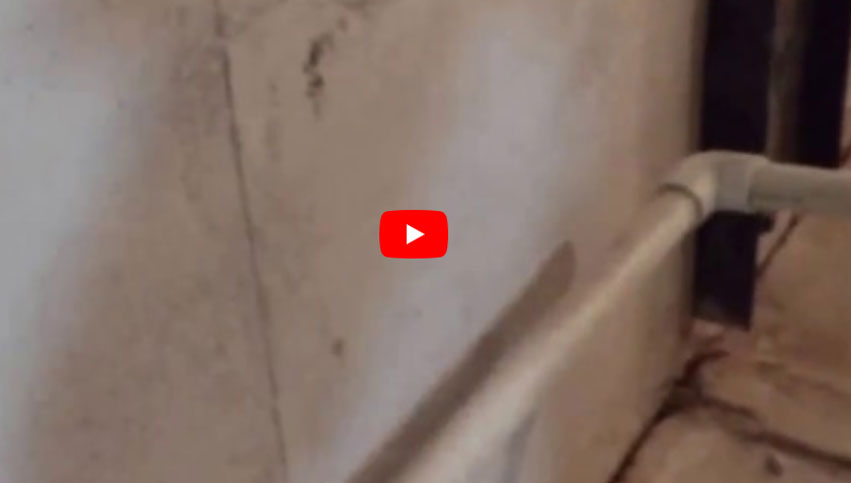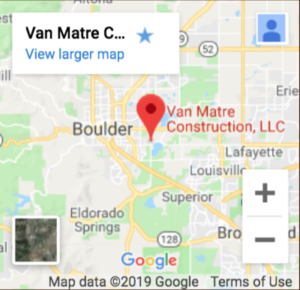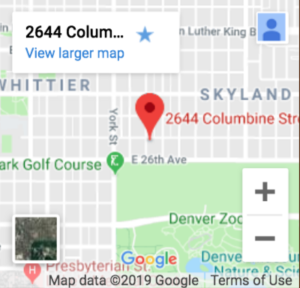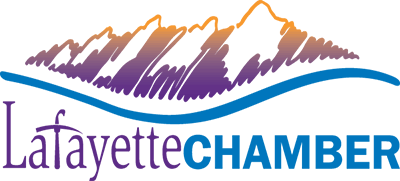BOULDER FOUNDATION MOVEMENT
Jump To:
- Signs of Horizontal Foundation Movement
- Soil Expansion
- Lateral Movement Repair Examples
- How We Fix Lateral Movement
- Lateral Movement FAQs
- Request a Quote
When soil expands, it can cause horizontal movement by pushing against the foundation walls of your Boulder home. This hydrostatic pressure and force can be significant enough to cause bowing, cracking, tilting, and even total wall collapse.
Signs of Horizontal Foundation Movement
Lateral foundation movement in Boulder can present itself in a variety of ways, including:
- Foundation wall cracks, especially long, horizontal cracks around the halfway mark, or stair-step cracks for block foundations.
- Leaning inward of the foundation walls, especially in older homes where the floor-to-wall connection is weakened.
- For finished basements- cracking in the drywall, especially where walls meet the ceiling or the floor.
- For homes with brick veneer- gaps, bowing, or brick overhanging the foundation wall in the middle.
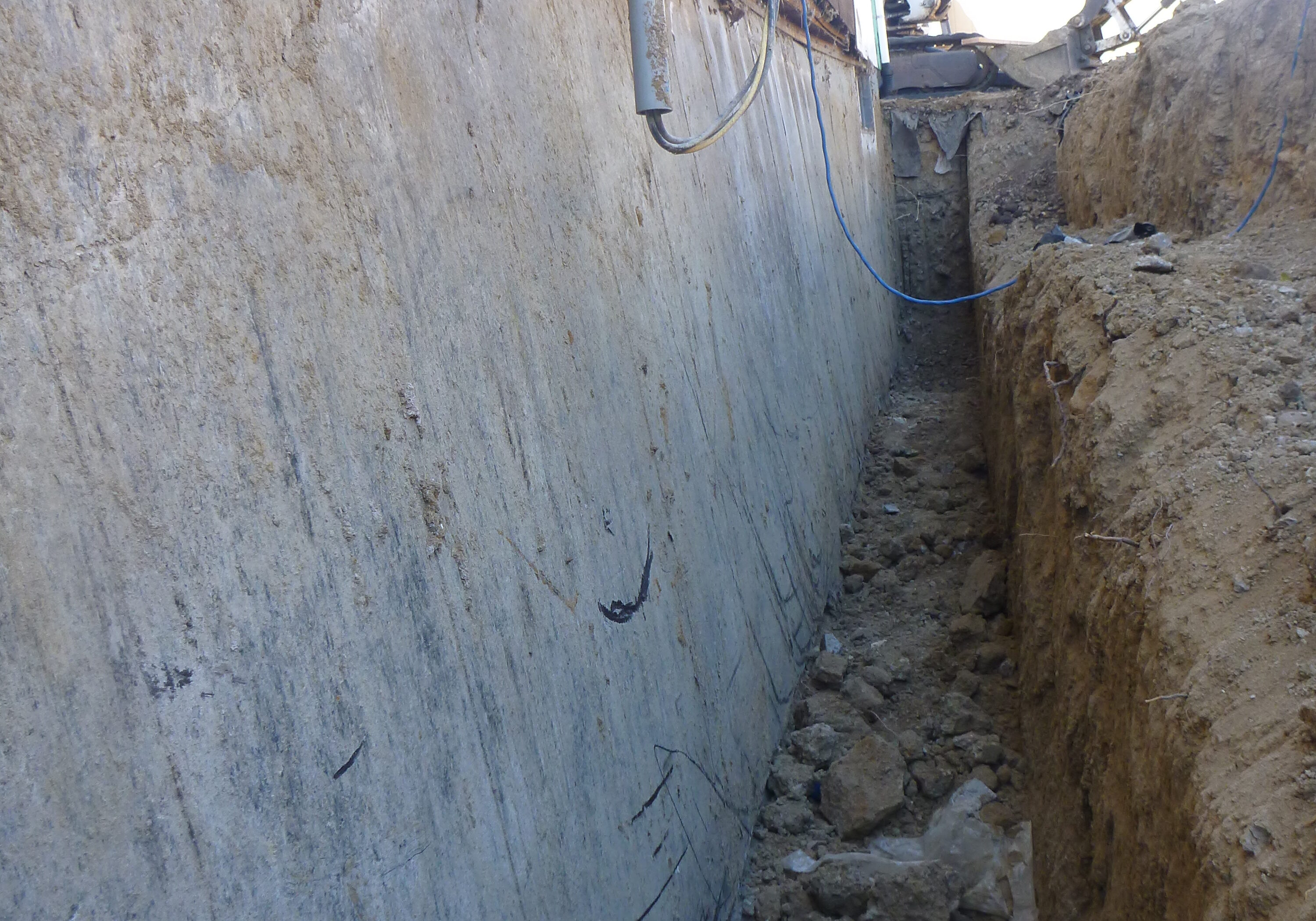
Soil Expansion in Boulder
Soil, especially clay-rich soil, expands with moisture. As soil softens and takes on water weight, it results in a balloon-like action that can push foundation walls out of alignment. This is known as hydrostatic pressure and is one of the major causes of lateral foundation movement in Boulder. At Van Matre Construction, we have seen the effects of hydrostatic pressure that many Boulder homes suffer.
You can often tell if your foundation walls are being affected by lateral forces by checking the walls with a level. Any leaning or bowing is a concern and should be addressed right away. Also look for cracks, especially where walls meet the ceiling and floor, and horizontal cracks in the middle of the wall itself. Outside, look at where your foundation meets the brick or siding, paying attention to any gapping or pulling away.
Any lateral movement of your foundation wall is something to have addressed right away. The sooner you take action against soil expansion in Boulder, the better—walls with minor movement are easier to stabilize than those that are significantly leaning or bowing.
Lateral Movement Repair Example
This was one of the worst cases of lateral movement we’ve encountered in a home that was still standing—at least 9 inches of lean in an 8-inch-thick wall!
To begin a repair like this, our Boulder foundation movement experts use temporary shoring and bracing. This makes the space safe to work on. Then, we excavate the surrounding soil to remove the inward pressure. Next, we place helical piers through the wall, drilling down into nearby soil at a 15-degree angle. The piers are advanced until they reach a capacity of approximately 50,000 lbs. per pier. After the pier installation, we can put in exterior drainage and waterproofing, backfill the soil, and regrade the lot.
These types of foundation repairs are extensive and costly, but can save a home! Check out the videos below to watch the progression of this repair in Arvada, Colorado.

